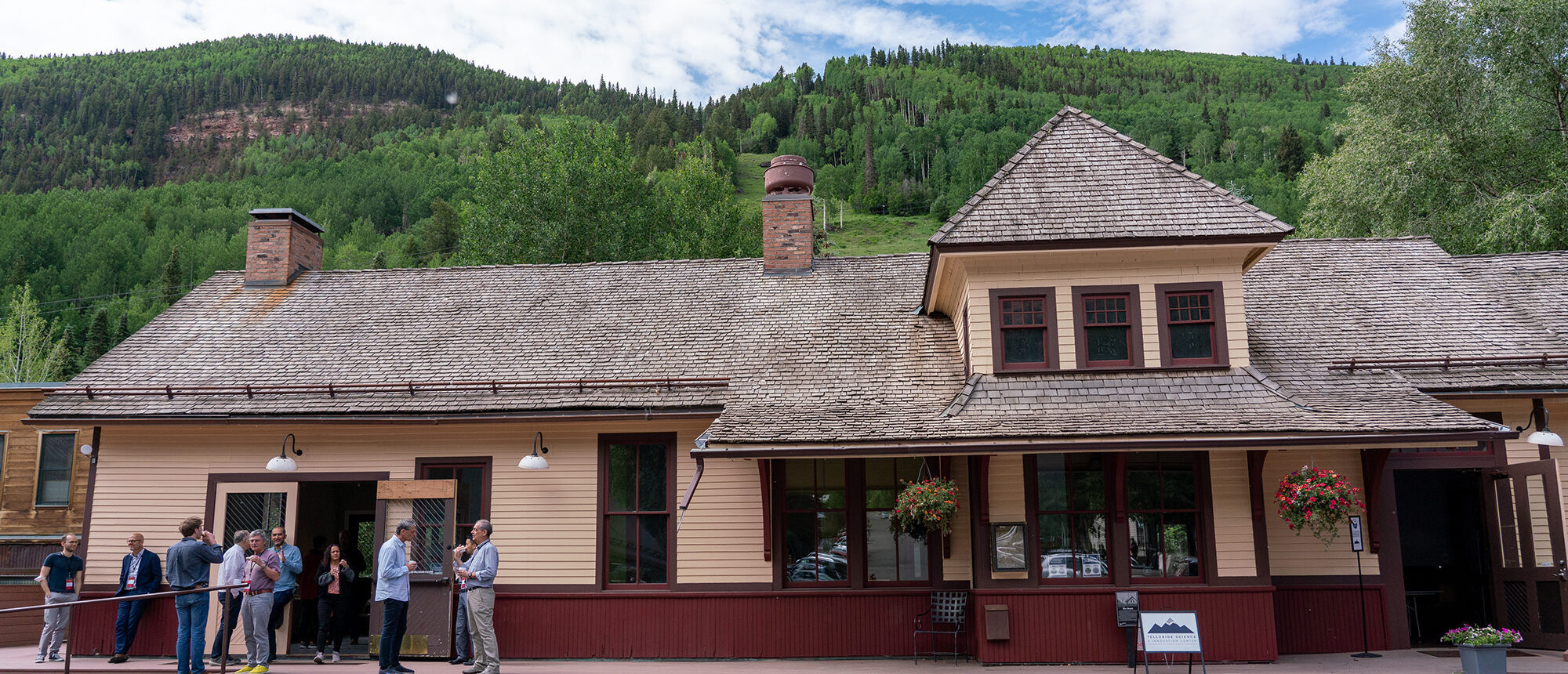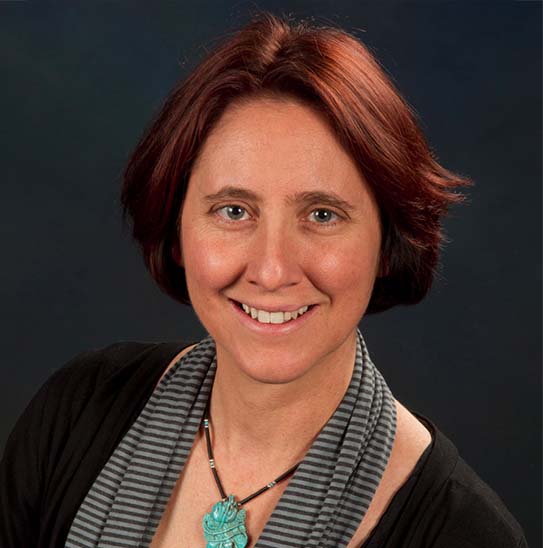For over 30 years ultra-small crystals of semiconductor materials—known as quantum dots (QDs)—have fascinated scientists for their ability to defy the limits of bulk properties and exhibit new behaviors with very small changes in their size. These “nanocrystals” (usually 1-10 nm in size; there are 1,000,000,000 nanometers in a meter!) can be stimulated by electricity or light to emit photons of a specific color. That color depends only in part on the QD composition. A big influence on the color that a QD can emit is its size, now controlled to a tenth of a nm. Originally captive in glass matrices, QDs have since been freed by chemists who synthesize them as stable suspensions in liquid solvents. This has allowed QDs to be processed into materials that can be integrated into a range of technologies—television backlighting, enhanced-color monitors, efficient and smart LEDs for lighting, greenhouse spectral optimization, and even single-photon sources for quantum communication. They can absorb light as well as they can produce photons, which has led to QD solar cells, high-resolution and low-dose X-ray imaging, and sensors for cameras. Their small size and ability to be handled in a liquid has also meant that biologists can use them to image objects from biomolecules to whole cells, like ultrasmall flashlights! QDs are now ubiquitous in the laboratory as the quintessential example of how “quantum confinement” can transform a material’s fundamental properties and in commercial applications championed by companies like Samsung, Sony, and Osram. This talk will provide a QD 101, but also describe recent developments in the synthesis, understanding and application of these tiny crystals and the new frontiers being envisioned in the nation’s laboratories.

